A Siren is any member of the family Sirenidae. Not to be confused with the creatures of Greek mythology, these Sirens are salamanders! Unlike other salamanders, these amphibians have long, eel-like bodies. Researchers recognize five different species in the Sirenidae family. Read on to learn about the Siren.
Description of the Siren
These creatures look remarkably similar to eels, but with front legs. Their front limbs do not grow very large, but they remain fully functional. The end of their thick bodies taper to a point, and their tails are flattened to aid in swimming.
Size depends upon the species at hand. Some species measure just 10 inches long as adults, while others reach lengths up to 3 feet!
Interesting Facts About the Siren
Learn more about each of the five different species below.
- Southern Dwarf – This species lives exclusively in eastern Florida. Its front legs have three toes on each foot, and it has a pair of bushy gills. They look similar to amphiumas, but lack the tiny rear legs that those amphibians possess.
- Northern Dwarf – Unlike its southern cousin, this species lives throughout the southeast United States in South Carolina, Florida, and Georgia. Researchers recognize three different subspecies throughout their range.
- Lesser – This salamander lives throughout the eastern United States and into Mexico. People also refer to these creatures as “mud eels.” During droughts, they burrow deep into the mud to retain moisture.
- Greater – These creatures are some of the largest amphibians in North America, and they are the largest in the Sirenidae family. They can reach an impressive three feet in length!
- Reticulated – Some people refer to this creature as the leopard eel. Its skin has dark brown spots across the entirety of its body. The very first individual was captured in 1970, but researchers did not formally describe this species until 2018.
Habitat of the Siren
These amphibians differ from most other salamanders in that they never leave the water. Each species has its own particular habitat preferences. However, most live in slow moving waters with lots of vegetation. Many also live in areas with deep mud or sediment which they utilize to retain moisture during drought conditions.
Some of their favorite habitats include swamps, wetlands, lakes, ponds, streams, canals, and ditches.
Distribution of the Siren
Each species has its own unique distribution. The Southern Dwarf and Reticulated live only in Florida. The Lesser, Greater, and Northern Dwarf all live throughout various regions of the southeast United States. Many populations overlap with those of other species.
Diet of the Siren
With an omnivorous diet, these amphibians feed on both plants and animals. However, some species prefer a more carnivorous diet, and do not feed on plants as frequently. They do not have teeth, but use a beak-like sheath to crush invertebrate prey.
The herbivorous side of their diet contains primarily algae. While hunting, they capture and eat shrimp, snails, worms, spiders, crayfish, and more.
Siren and Human Interaction
While human activity impacts each species differently, most of the various species do not face direct threat from human interaction. However, researchers have not evaluated the recently-identified Reticulated species.
The IUCN lists the other four species as Least Concern.
Domestication
Humans have not domesticated these amphibians in any way.
Does the Siren Make a Good Pet
Some people do keep certain species as pets, particularly the Greater Siren. However, these amphibians need specialized care and a suitable habitat. You should also ensure that any pet you purchase comes from captive breeding, and not captured from the wild.
Siren Care
Regardless of the species, you must change their water frequently and ensure that they have proper filtration. Their enclosures must be large enough to house an adult, or you should be prepared to graduate them to larger tanks as they grow.
Additionally, their enclosure must be quite secure, as they can escape through the top. They prefer habitats with a wide variety of vegetation and plenty of places for them to hide.
Behavior of the Siren
Most species spend their days hiding from predators and their nights hunting for food. In times of drought, these amphibians burrow deep into the mud to conserve moisture.
They also produce a mucous-like substance to avoid drying out. They live solitary lives, and do not interact with other members of their species outside of the breeding season.
Reproduction of the Siren
Breeding behavior varies from species to species, and researchers have not fully studied the breeding behavior of some species. Generally, males build a nest and entice females to lay their eggs in his nest. Once she lays her eggs, the male fertilizes them.
Nests contain anywhere from 100 eggs to 500 eggs or more. It takes about a month for the eggs to hatch. After hatching, the male continues to guard the young for about a week. It takes approximately 2 years for the young to reach sexual maturity.

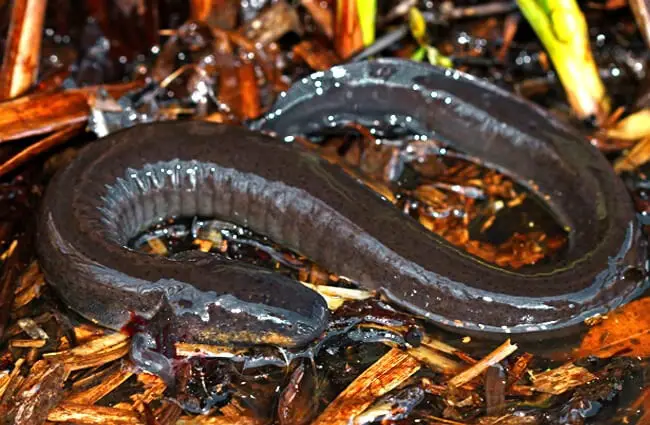
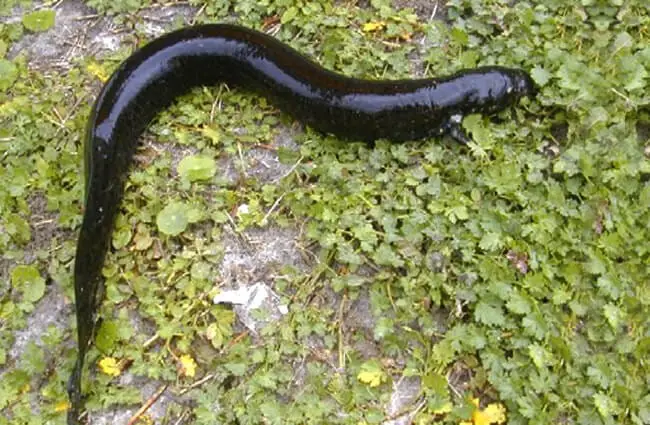

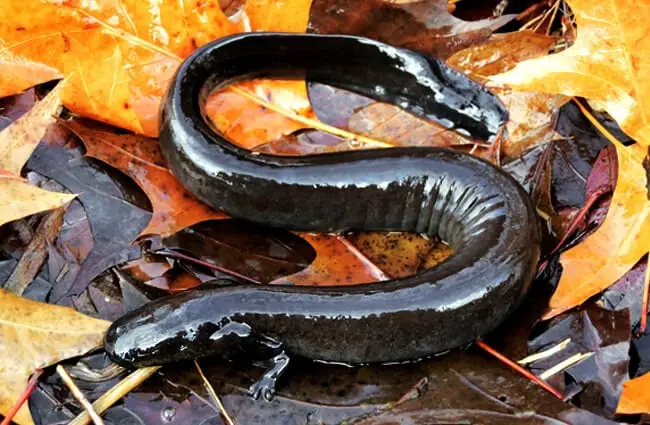

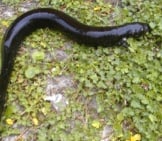

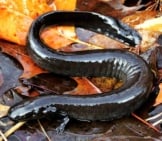
![Red Angus Closeup of a beautiful Red Angus cowPhoto by: U.S. Department of Agriculture [pubic domain]https://creativecommons.org/licenses/by/2.0/](https://animals.net/wp-content/uploads/2020/03/Red-Angus-4-238x178.jpg)












![Red Angus Closeup of a beautiful Red Angus cowPhoto by: U.S. Department of Agriculture [pubic domain]https://creativecommons.org/licenses/by/2.0/](https://animals.net/wp-content/uploads/2020/03/Red-Angus-4-100x75.jpg)

